

Engage prospects with a scan and streamline customer engagement with FREE QR code marketing tools by Sona – no strings attached!
Create a Free QR CodeFree consultation

No commitment

Engage prospects with a scan and streamline customer engagement with FREE QR code marketing tools by Sona – no strings attached!
Create a Free QR CodeFree consultation

No commitment
In today’s digitally driven world, QR codes have evolved from a novelty to a strategic powerhouse for countertop installation services. Many businesses in this industry struggle with missed high-value leads, inefficiencies caused by disconnected job site processes, and friction in delivering project information to both technicians and customers. When paperwork is misplaced or product guides remain unread, service quality and conversion opportunities diminish.
Thoughtfully integrating QR codes into the countertop installation process bridges longstanding gaps between field operations and digital systems. This approach enables organizations to replace static workflows like paper work orders and outdated manuals with digital experiences that are trackable and customer-friendly. Businesses using QR solutions gain real-time engagement data, helping teams identify opportunities, improve technician support, and capture previously hidden high-value prospects directly into CRM and advertising workflows.
This strategy simplifies resource access and empowers companies to nurture qualified leads and segment their campaigns more effectively. Unified QR platforms enable seamless interaction among technicians, customers, and sales teams, driving higher retention rates and measurable ROI. The following guide offers practical steps and strategies for using QR codes to transform countertop installation outcomes, addressing industry challenges and maximizing customer impact.
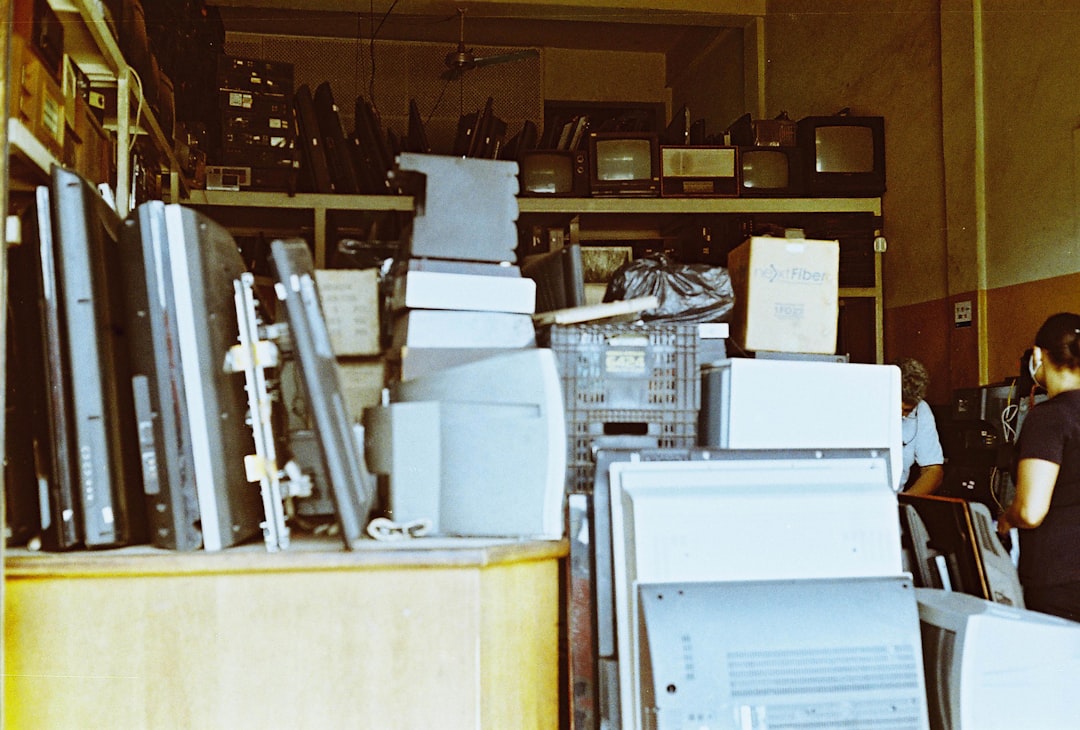
Countertop installation businesses often confront issues like lost paperwork, outdated manuals, and lack of transparency in technician performance. Missing or inaccessible project details extend timelines, increase error rates, and stall follow-up. These gaps compound cost and quality problems: a missing cutout spec or forgotten sealer step can mean return visits, material waste, and unhappy customers.
Modern QR code strategies connect job sites to digital resources. When you link work orders, training content, and project updates to QR codes, technicians have instant access to the exact content they need at the moment they need it. This also creates a feedback layer: scan analytics reveal which resources are used, which steps are skipped, and where additional training or process refinement would have the biggest impact.
Replacing paper checklists with QR-enabled versions ensures best practices are always accessible. It also instills accountability: teams can verify that pre-install and post-install checks were completed. Automated QR code creation for common job types can reduce setup time, improve adherence to standard operating procedures, and accelerate installs without sacrificing quality. Platforms like Sona QR make it easy to create dynamic codes, update destinations, and track usage so operations can improve continuously. Start creating QR codes for free at Sona QR.
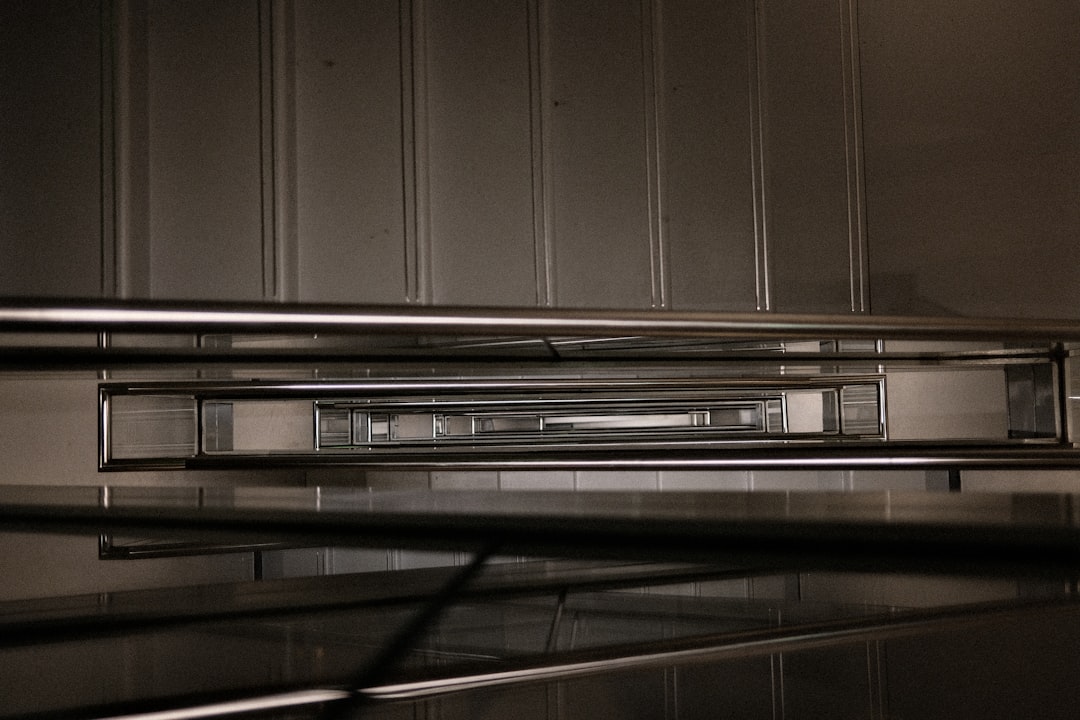
Countertop installation is a hands-on process with many offline touchpoints that often lose service and sales opportunities. Homeowners and contractors might explore materials at a showroom or see an installation crew in their neighborhood, yet there is no frictionless way to express interest, request a quote, or access information on maintenance and upgrades. Anonymous engagement at job sites, warehouses, and trade events leads to missed leads and limited insight into what prospects want.
QR codes turn every physical touchpoint into a digital onramp. Appointment cards can link to prep instructions or rescheduling forms. Material labels can open specification sheets and care tips. Install guides can point to how-to videos for seam maintenance or stain removal. When QR codes are placed and managed effectively, countertop firms can enable instant access to job instructions and post-install feedback forms while tracking which resources get used and by whom. For broader context, see qr codes in marketing.
In countertop installation, speed of response and clear communication are decisive. QR codes help teams ensure that next steps are never more than one scan away. They also allow marketing and operations to experiment with messaging, measure performance, and refine tactics quickly.
Selecting the right QR format makes the difference between a helpful interaction and a dead end. In countertop installation, a few formats consistently deliver value across technician workflows, customer care, and sales enablement.
Dynamic QR codes are recommended for most use cases because destinations, specs, and campaigns change. With a platform like Sona QR, you can manage all formats in one place, update linked content whenever needed, and analyze performance at the code and campaign level.
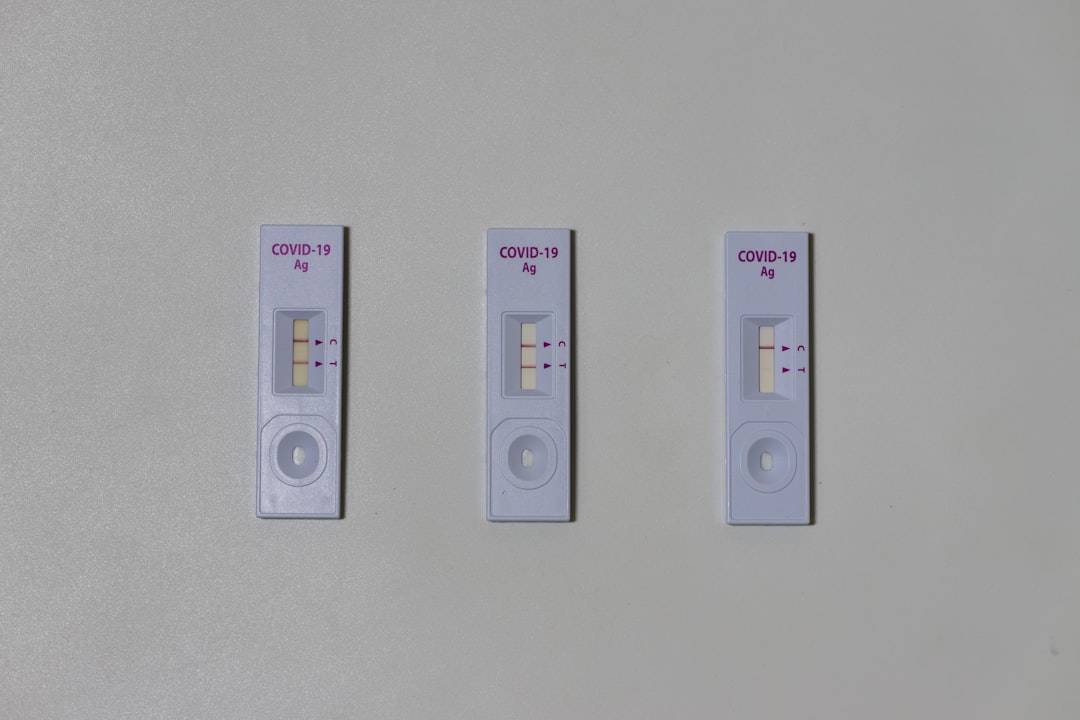
Growth in countertop installation depends on consistently capturing qualified leads and maximizing engagement during the installation lifecycle. Traditional methods often miss high-intent prospects who interact with displays or crews but do not convert. To turn these moments into revenue, place QR codes where questions arise and decisions are made. See countertop marketing tips.
By mapping every customer and technician touchpoint across templating, fabrication, installation, and aftercare, you can prioritize QR integrations that convert anonymous activity into measurable engagement. This reveals hidden demand, reduces missed follow-ups, and creates new upsell paths for add-ons like sealants, splash installation, and maintenance plans.
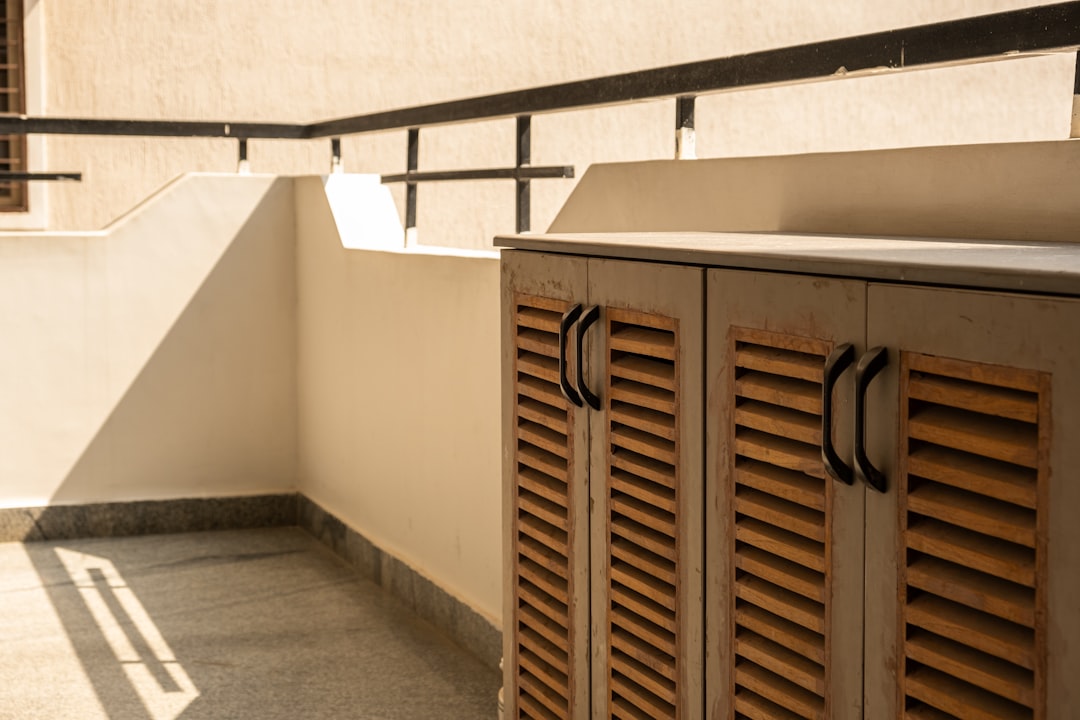
Granular visibility at each service stage is essential in countertop installation. QR code adoption turns routine artifacts into measurable tools that improve quality, speed, and revenue.
Other valuable use cases include QR codes linking to edge profile galleries, video tips for stain removal, material care comparison tools, and appointment reschedule forms. Each scan captures intent signals and informs operations while improving the experience for homeowners and contractors.
A persistent marketing challenge is building segmented, high-intent audiences for retargeting. In countertop installation, intent often lives offline: at kitchen showrooms, on job sites, or during in-home visits. QR codes convert those analog touchpoints into data-backed segments that you can act on quickly. For a tactical plan, see Sona’s Playbook on intent retargeting.
Start by creating unique QR codes for each journey stage. Awareness codes might live on trucks and local flyers, consideration codes on showroom displays and sample kits, and conversion codes on quotes and limited-time offers. Every scan becomes a data point with context: who scanned, where they scanned, and what content they wanted.
This approach cuts wasted ad spend and channels your budget toward verified, engaged buyers. It also helps you nurture high-fit accounts with content that speaks to their exact material, timeline, and decision criteria.
Traditional countertop marketing often lives in silos. Showroom traffic is not connected to direct mail, job site visibility is not connected to digital ads, and technician touchpoints seldom inform marketing. QR codes act as the connective tissue across channels, unifying offline and online experiences while producing reliable attribution.
Use QR codes to make print collateral, displays, and even uniforms interactive. When scan data flows into a centralized platform, teams can see which channels spark activity and which combinations of touchpoints lead to appointments and closed deals. The result is consistent measurement and faster optimization across your entire funnel.
With a centralized platform like Sona QR, you can manage code inventory, monitor performance by channel, and sync scan data to your CRM. This gives you both the agility to test new ideas and the insight to invest in what works.
Well-executed QR campaigns align to clear business outcomes and the realities of field work. The following checklist ensures your deployment covers strategy, execution, and measurement so no lead or technician need gets overlooked.
Each step includes practical guidance tailored to countertop installation, from showroom to job site. Use it to standardize your approach across locations and teams, then refine based on real-world performance.
Following this structure reduces friction at critical handoffs, accelerates time to value for customers, and uncovers process gaps that are otherwise hidden. It also creates a consistent, measurable framework for growth across teams and locations.
Basic scan counts are not enough for countertop teams aiming to prove ROI. You need to know which placements correlate with quote approvals, which materials drive the most appointments, and which post-install flows generate reviews and referrals. Without that visibility, investment decisions are guesswork and follow-up lacks precision. For measurement frameworks, see Sona’s blog on offline attribution.
Advanced QR solutions provide granular attribution from scan to outcome. You can see whether a scan came from a showroom display or a quote packet, whether the device was iOS or Android, and whether the visitor started a form, finished it, or requested a callback. When this data flows into your CRM and analytics tools, you get a clear picture of your most effective touchpoints and can optimize accordingly.
With Sona QR and Sona, you can capture every scan, measure engagement by channel and context, and respond in real time. Identity resolution and buyer journey mapping unify fragmented touchpoints across buying stages, helping you attribute revenue to QR engagement and optimize spend toward what moves pipeline.
Scaling QR success requires focus on attribution, follow-up, and ease of use. A few practices consistently increase scan rates, improve data quality, and accelerate outcomes in countertop services.
Creative deployments work well in this vertical. Include a QR code on a templating checklist that opens a homeowner prep guide. Place a code on aftercare kits linking to stain removal videos and gentle cleaner reorder pages. Use a QR on invoices that lets customers enroll in a maintenance plan with one tap. Each tactic turns an operational touchpoint into an engagement moment.
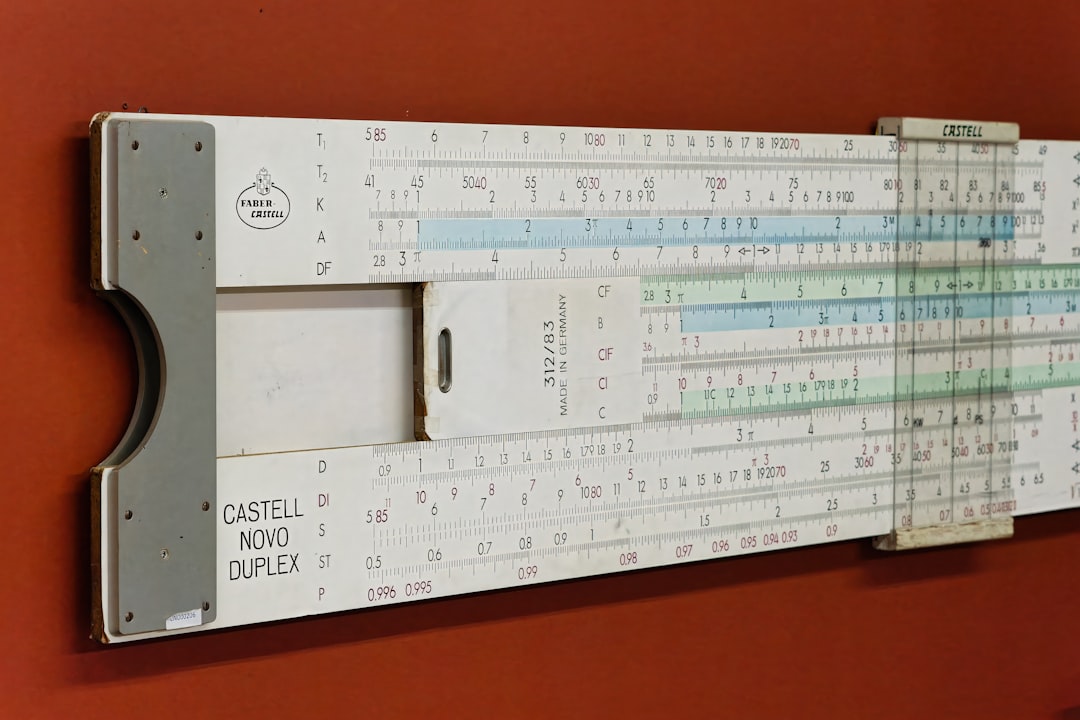
Practical examples can spark your own ideas and help teams see how QR codes change outcomes throughout the lifecycle. The following scenarios illustrate how countertop providers are using QR codes to streamline work and uncover revenue.
Each of these use cases turns an ordinary artifact into a trackable interaction. The outcome is fewer missed steps, more consistent service, improved lead capture, and higher post-sale engagement.
Even with widespread QR adoption, execution details determine whether campaigns deliver ROI. Avoid the common pitfalls and apply a few expert practices to sustain success.
QR codes are transforming countertop installation services by converting each encounter, from job sites to showrooms, into measurable and actionable events. They make technician workflows more reliable, gather richer prospect and customer insights, and open new follow-up opportunities, directly addressing industry pain points that have long constrained growth and service quality. Real-time visibility, instant resource access, and audience segmentation help teams improve retention, maximize revenue, and ensure a consistent experience across the customer journey.
With an organized QR approach, countertop installation providers can better monitor performance, refine engagement strategies, and create scalable models for sustainable growth. This proactive transformation decreases the risk of lost opportunities while ensuring every technician, prospect, and customer interaction is tracked, nurtured, and leveraged for maximum lifetime value, enhancing operational excellence across the business. Start creating QR codes for free at Sona QR.
QR codes have transformed countertop installation services from routine tasks into streamlined, data-driven operations. Whether it’s empowering technicians with instant access to installation guides, improving communication on-site, or enhancing post-installation customer follow-up, QR codes replace cumbersome processes with seamless, mobile-friendly interactions that boost efficiency and precision. Imagine technicians scanning a code to instantly retrieve project specs or update job status, ensuring flawless execution and happier clients.
With Sona QR, you can create dynamic, trackable QR codes in seconds, update information without reprinting, and connect every scan to valuable insights that optimize workflows and customer satisfaction. No delays, no guesswork—just smarter, more profitable countertop installations.
Start for free with Sona QR today and turn every scan into a faster installation, a satisfied customer, or a repeat referral.
QR codes bridge gaps between field operations and digital systems by providing real-time access to resources, improving technician support, capturing high-value leads, enabling customer engagement, and allowing measurable marketing and operational optimization.
QR codes link digital work orders, training materials, and project updates to job sites, giving technicians instant access to essential resources, enabling feedback through scan analytics, verifying checklist completion, and helping managers identify training needs.
Useful QR code formats include web links for guides and specs, vCards for contact sharing, forms for quotes and feedback, SMS or email triggers for quick communication, and Wi-Fi access for guest networks, with dynamic QR codes recommended for flexibility and tracking.
Place QR codes at key touchpoints such as job folders, showroom displays, product samples, direct mail, vehicle wraps, and uniforms to provide instant access to quotes, care guides, and appointment scheduling while tracking engagement to optimize campaigns.
Define clear goals, select appropriate QR code types, design and test codes for scannability and branding, deploy them across high-impact channels with tailored calls to action, and track performance to optimize marketing and operational processes.
QR codes convert offline interactions into data-backed segments by tracking who scans, where, and what content is accessed, enabling personalized follow-up, retargeting, and synchronization with CRM and ad platforms to nurture high-intent audiences.
Common uses include accessing digital installation checklists, warranty registration, customer feedback collection, providing care instructions, troubleshooting guides, and enabling appointment scheduling or quote approvals.
While the article does not provide specific cleaning tips, QR codes can link customers to detailed care guides, stain removal videos, and maintenance reminders that help prolong countertop quality.
The article references common materials like quartz and granite and suggests using QR codes on showroom displays and sample kits to access comparison charts, care guides, and pricing information to help customers make informed decisions.
The article emphasizes using QR codes on vehicles, uniforms, and local signage to connect with nearby providers and enable quick contact or quote requests, making discovery and engagement easier.
Use Sona QR's trackable codes to improve customer acquisition and engagement today.
Create Your FREE Trackable QR Code in SecondsJoin results-focused teams combining Sona Platform automation with advanced Google Ads strategies to scale lead generation

Connect your existing CRM

Free Account Enrichment

No setup fees
No commitment required

Free consultation

Get a custom Google Ads roadmap for your business






Launch campaigns that generate qualified leads in 30 days or less.
